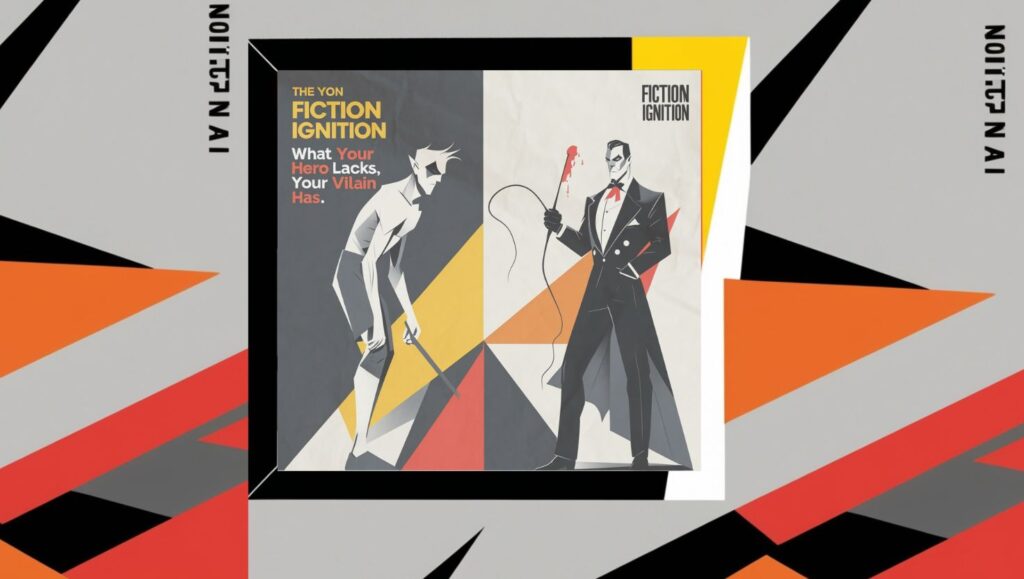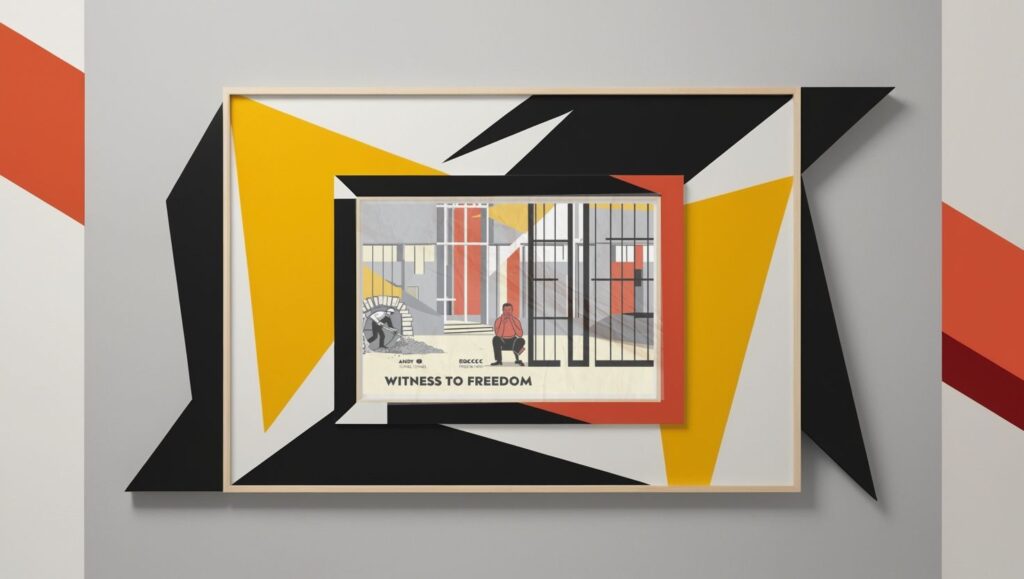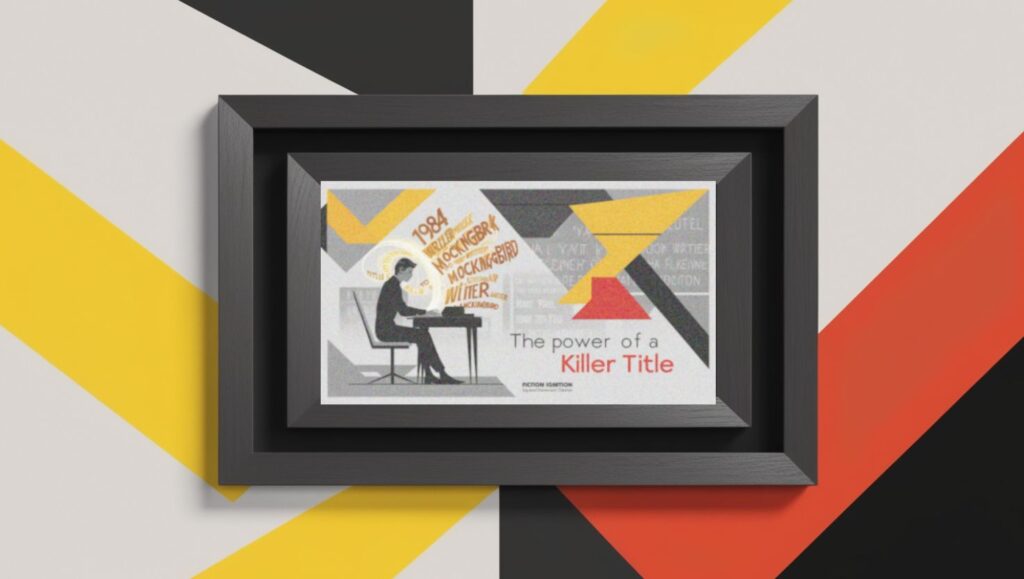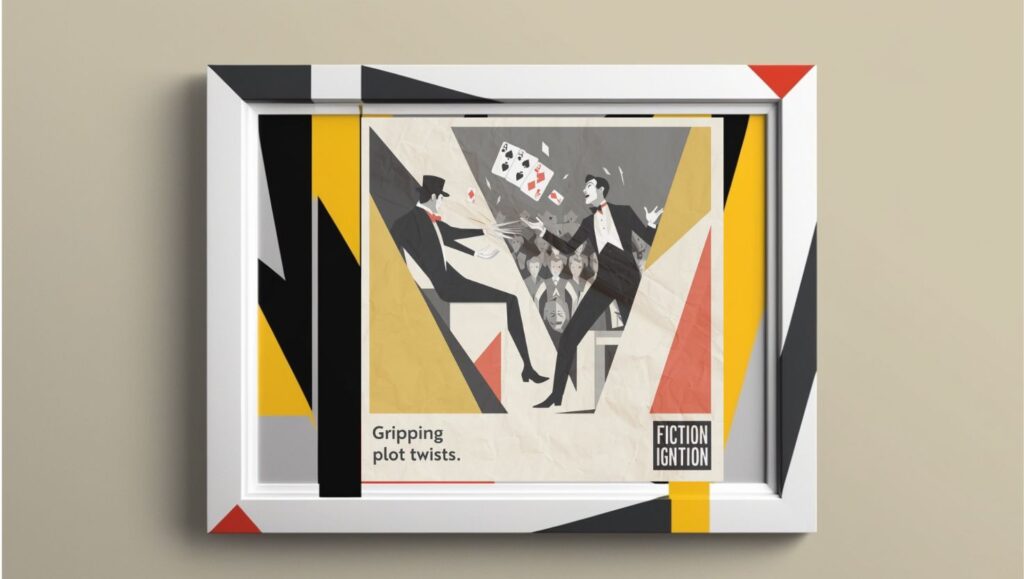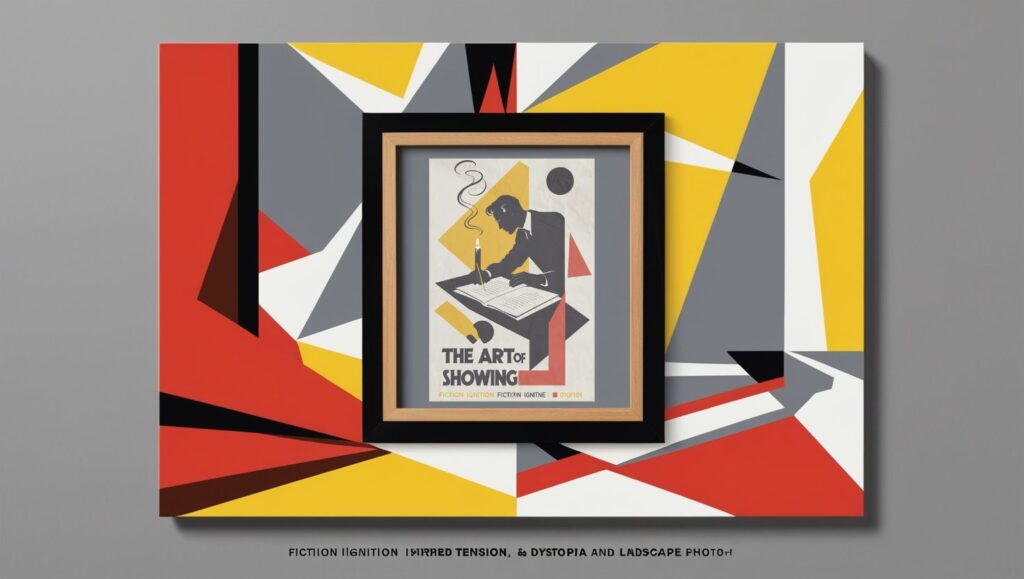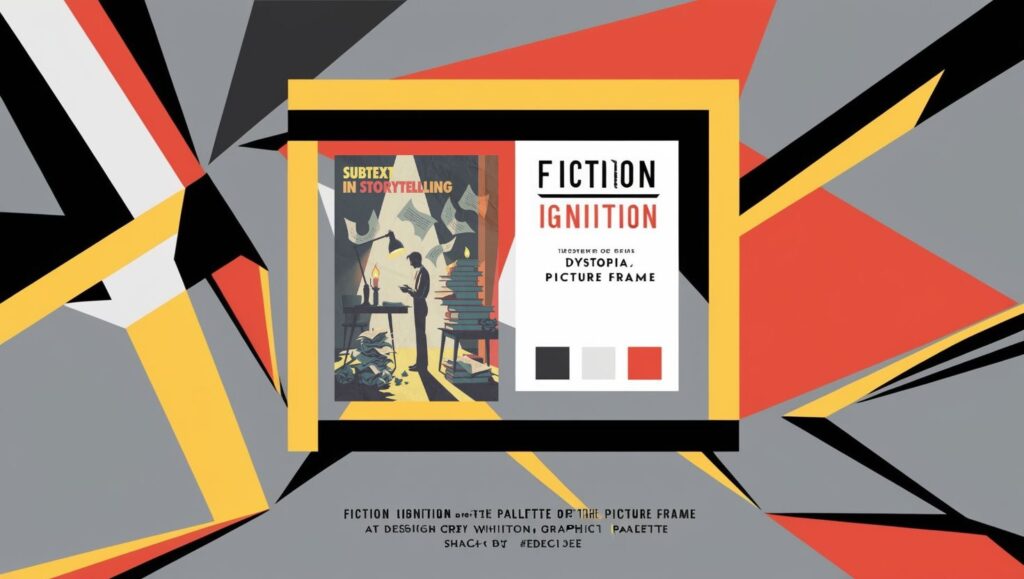Hello, Fiction Igniters!
Gather ‘round the flame, my literary pyromaniacs! Today, we’re tackling one of the trickiest tightropes in storytelling: writing romance without tumbling headfirst into a steaming pile of clichés. You know what I mean—love triangles that feel like geometry homework, “meet-cutes” that make your eyes roll, and brooding billionaires who couldn’t buy a unique personality if their life depended on it. Let’s ignite this topic with some fresh ideas, actionable tips, and examples from legendary writers who’ve mastered the art of keeping love stories blazing without burning out.
Why Romance Falls Into Clichés
Let’s face it: romance is the genre of big feelings and even bigger expectations. Readers crave passion, drama, and a dash of fantasy. But when we lean too hard on familiar tropes—like the “bad boy with a heart of gold” or the “quirky girl who doesn’t know she’s beautiful”—our stories can start to feel as stale as last week’s toast.
The good news? Romance doesn’t need clichés to shine. The best love stories don’t rely on cookie-cutter formulas—they capture the quirks, vulnerabilities, and imperfections that make real relationships unforgettable.
Actionable Tip #1: Make Your Characters Real Enough to Hug
No one swooned over Elizabeth Bennet and Mr. Darcy because they were stereotypes. Jane Austen gave us two people with flaws, prejudices, and a whole lot of growing up to do. Darcy wasn’t just a rich guy with a mansion; he was socially awkward and overly proud. Elizabeth wasn’t just a spunky heroine; she was stubborn and sometimes a little judgmental.
How to do this in your story:
- Give your characters unique hobbies or weird habits. Maybe your romantic lead knits tiny sweaters for stray cats or collects vintage lunchboxes.
- Focus on their inner struggles. Is your heroine confident in the boardroom but terrified of intimacy? Does your hero struggle with guilt from a past mistake? Make them messy!
Actionable Tip #2: Dump the Insta-Love. Build the Slow Burn.
Let’s be real: when two characters lock eyes across a crowded room and fall in love immediately, it feels more like lust than romance. Take a page from Emily Brontë’s Wuthering Heights. Heathcliff and Cathy’s love was complicated, messy, and built over years of shared history. (Sure, it was also toxic as heck, but hey, unforgettable.)
How to do this in your story:
- Start with tension. Maybe they dislike each other at first (Pride and Prejudice says hello again), or maybe they’re friends who slowly realize they’re in love.
- Build small moments of connection. A shared laugh, an unexpected confession, or a lingering glance can say more than a hundred pages of purple prose.
Actionable Tip #3: Subvert a Trope, Don’t Avoid It
Sometimes clichés are just tropes that need a makeover. Take the classic “love triangle.” Suzanne Collins flipped it on its head in The Hunger Games by making Katniss’s internal struggles more important than her feelings for Peeta and Gale.
How to do this in your story:
- Flip the power dynamics. Instead of a damsel in distress, make your heroine the one who rescues the hero.
- Add a twist. Maybe the brooding loner secretly runs a book club. Maybe the quirky best friend has a dark side.
Personal Experience: My First Romance Draft
I once wrote a romance where the characters were so cliché they could’ve walked straight out of a Hallmark movie. The guy? Brooding billionaire. The girl? Quirky baker with flour on her nose. And the plot? Let’s just say it involved a snowstorm, a dog, and a conveniently canceled flight. When I reread it, I wanted to crawl under my desk.
What saved me was rewriting the characters. I gave the billionaire a secret love for slam poetry and made the baker an ex-con trying to start fresh. Suddenly, their chemistry was electric, and their story felt alive.
Actionable Tip #4: Steal From Real Life
Take a page from your own love life or stories you’ve heard. The quirks, awkward moments, and unexpected connections of real relationships are pure gold. Nicholas Sparks based The Notebook on his wife’s grandparents’ love story.
Actionable Tip #5: End with Hope, Not Perfection
The best romances don’t tie everything up in a perfect bow. In Me Before You by Jojo Moyes, the ending is bittersweet but deeply moving. Real relationships are messy, and leaving some loose ends can make your story linger in the reader’s mind.
So, Fiction Igniters, let’s toast to writing romance that burns bright without turning into a dumpster fire of clichés! With characters that feel real, relationships that grow naturally, and tropes that get a fresh spin, your love stories can stand out in a crowded genre.
Until next time: don’t write, ignite!


